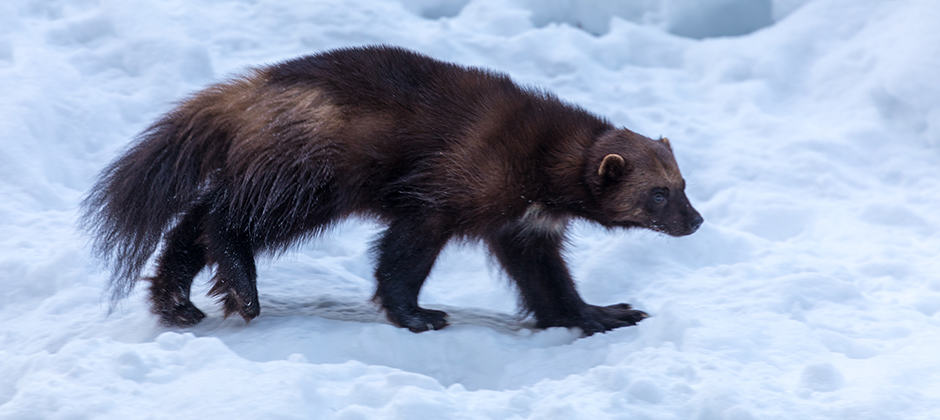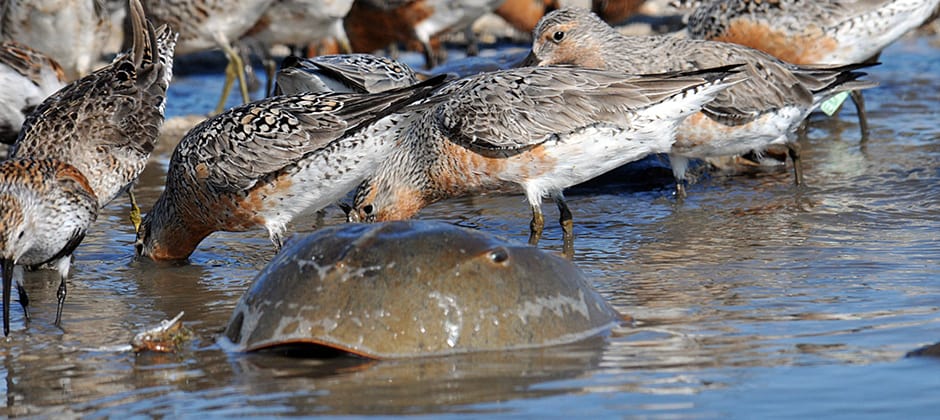
DNA reveals multiple rattler populations in British Columbia
Hundreds of genetic samples have revealed multiple distinct populations of western rattlesnakes in the northern part of their range in British Columbia. “Western Rattlesnakes are currently managed as a single...

White-nose fungus found in Montana
Tests have confirmed the presence of the fungus that causes the deadly white-nose syndrome in bats for the first time in Montana. The presence Pseudogymnoascus destructans, or Pd, was confirmed...

Northeast Section honors awards recipients
The Northeast Section of The Wildlife Society has presented its 2020 awards in association with the Northeast Association of Fish & Wildlife Agencies. The awards were announced online. NEAFWA and...
PAID AD


New parasite seen in wolverines raises human health concerns
A newly discovered Trichinella parasite that can persist in freezing temperatures has been detected in wolverines in Canada and could harm First Nations people, researchers fear. If the wolverines spread...

Coronavirus vaccine search runs on horseshoe crab blood
Testing for dangerous bacteria called endotoxins in vaccines and other medicines has long relied on a component in horseshoe crab blood. That includes the search for a vaccine for COVID-19....

Urban areas can be ecological traps for black bears
Trash cans and bird seed in people’s yards may provide easy food for roving bears, but new research shows those resources can come at cost. Bears that spend time in...


Texas ocelots seek large, unbroken swaths of thornscrub
Endangered ocelots in South Texas prefer to use unfragmented landscapes. Efforts to conserve the imperiled feline should focus on maintaining large patches of woody cover, particularly on private lands, researchers...

Rare white grizzly appearance concerns park officials
Tourists have been abuzz about the appearance of a white grizzly bear since the animal was spotted in April in Banff National Park. But wildlife managers and researchers are concerned...

Microplastics detected in birds of prey for first time
For the first time, researchers have detected microplastics in the guts of birds of prey. These tiny particles, which may come from clothes, cosmetics or the breakdown of larger plastics...
PAID AD







